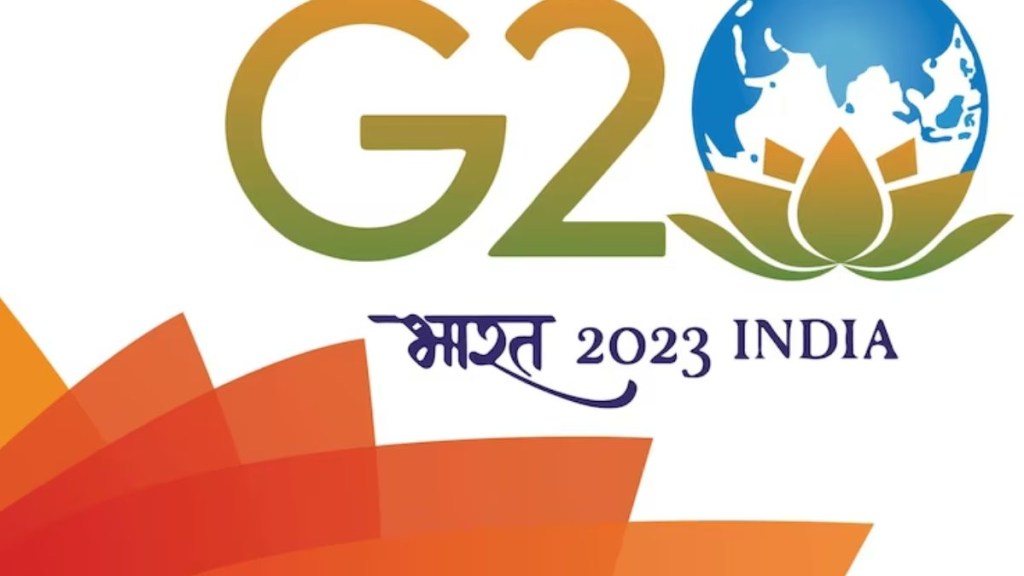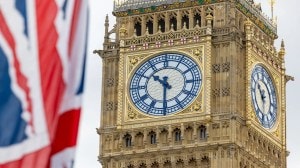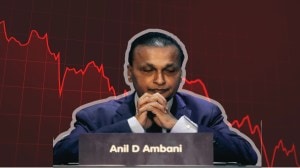The G20 leaders on Saturday endorsed a joint report by the IMF and the group’s own Financial Stability Board (FSB) that has cautioned against blanket ban on crypto assets, and recommended targeted restrictions and sound monetary policies. India will study the framework in its own system and decide its own policy on crypto assets going forward, Economic Affairs Secretary Ajay Seth said on Sunday. He said the spillover impact of global tight monetary policy and slower growth may have a limited impact on India.
What exactly has been decided on cryptos by the G20 leaders?
The work done by the IMF, FSB, FATF and BIS provides for very clear and comprehensive understanding of the policy framework for assessment of risk. This has been endorsed by the G20 leaders. An earlier work on the stable coins as well as the unbacked crypto assets, their regulations, high level principles for regulations, oversight and supervision have also been endorsed by the leaders. There is a clear recognition that the risk can be higher for emerging economies. FSB’s framework is based on the principle of ‘same activity, same risk, same regulation’ and provides a strong basis for ensuring that crypto-asset activities and so-called stablecoins are subject to consistent and comprehensive regulations, commensurate with the risks they pose. Agencies working with different sections will be taking the crypto road map forward and each country will have to make their decisions on how to go about it.
RBI was in favour of banning cryptos. What will be India’s stand now on crypto regulation?
This is not to be seen in that binary. We will be considering the G20 recommendations very carefully and decide our own policies and thereafter take forward the matter. The framework for assessing risk has been put together by the G20. What will be a sound policy keeping that framework in mind now, we’ll have to now analyse and form our own position while being mindful of the fact that globally the leaders have agreed “they will travel together” on this front.
What was the progress in the G20 on climate resilient debt packages for vulnerable countries?
The issue was if an adversarial climate event leads to a lot of damages, then can debt be frozen, or some relief can be provided and can such a mechanism be built into the debt agreement itself. This idea was made in Gandhinagar (FMCBG meeting) and several members felt that more technical work is needed before one can think of what kinds of Climate Resilience Debt Clause (CRDC) can come in (debt packages). What is the climate event meaning and what are those events–drought, earthquakes or something else– needs to be decided. We expect that in the next meeting of the International Financial Architecture working group, the matter will be discussed further.
What are downside risks to India given the global growth slump?
As far as global growth is concerned, in several economies’ inflation continues to be very high. So their central banks have been talking about further tightening the monetary policies, which will have an impact on growth. Secondly, the high growth rate in global trade is no longer visible. On the goods side, the lower growth global in trade, does impact us. But at the same time Indian service exports have been doing extremely well. So, a slowdown in global growth would have some impact on India, but we hope that it will be limited.









